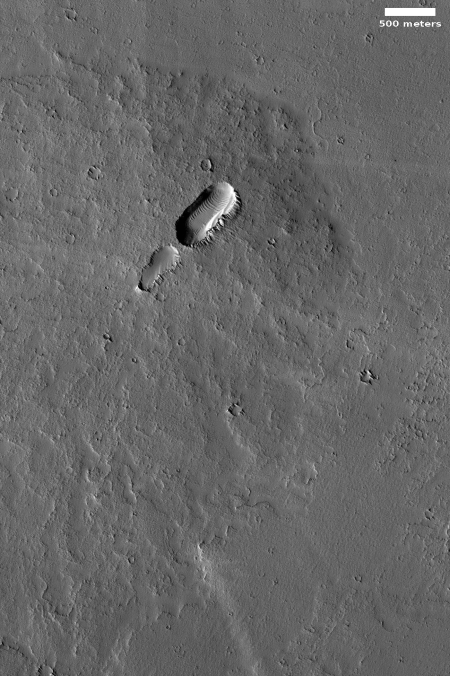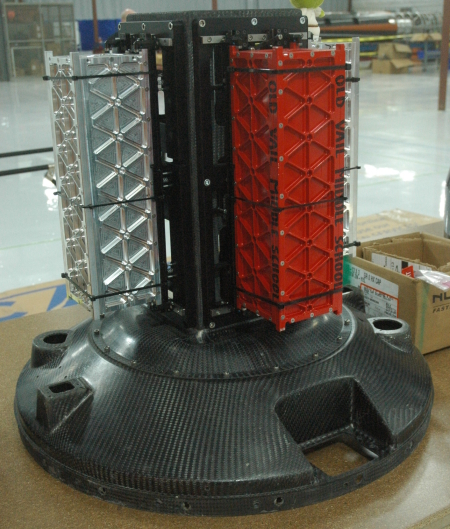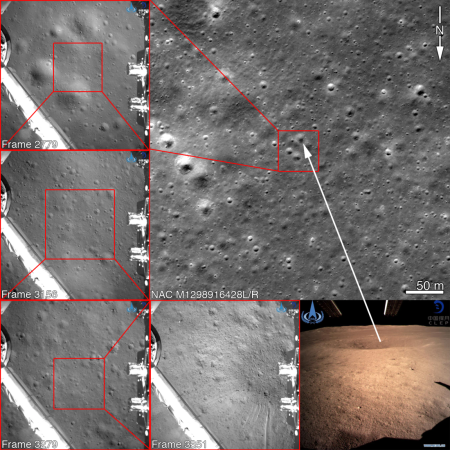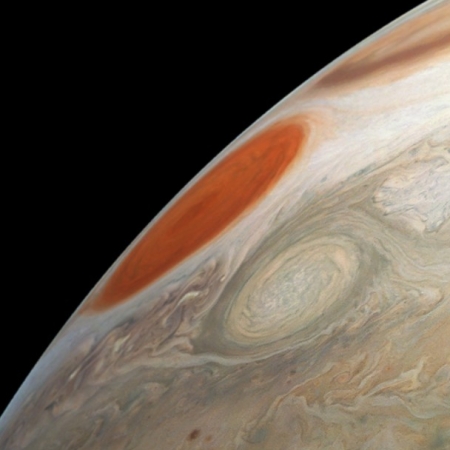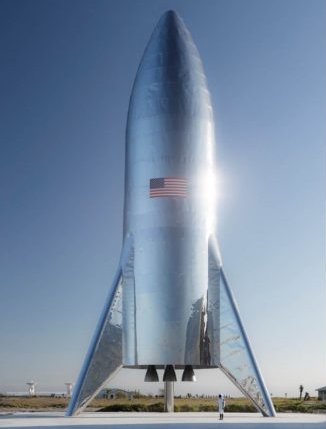Ariane 6 might be in trouble
Capitalism in space: Arianespace today announced that they will not be able to begin full production of their next generation rocket, Ariane 6, unless they get four more contracts from the partners in the European Space Agency.
With the maiden flight of the Ariane 6 now 18 months away (in July 2020), Arianespace CEO Stéphane Israël said the company had anticipated signing a manufacturing contract with ArianeGroup in the second part of last year to begin production beyond the first rocket.
So far, European public entities have purchased three Ariane 6 missions — two from the European Commission for launching Galileo navigation satellites, and one from France for the CSO-3 military imaging satellite — but have not committed to the number envisioned at the start of the Ariane 6 program in 2014.
“We are confident it will happen,” Israël said of the remaining government missions. “But it is not done yet. We are working in this direction. It is now quite urgent because industry has anticipated the manufacturing of these first launchers, but now we need these institutional contracts to fully contractualize the first Ariane 6s.”
I wonder if the fact that the cost for an Ariane 6 launch is expected to be remain higher than a comparable SpaceX launch is the reason they are having trouble getting a commitment from their European partners. Why buy this rocket, when you can get the same service for less?
Capitalism in space: Arianespace today announced that they will not be able to begin full production of their next generation rocket, Ariane 6, unless they get four more contracts from the partners in the European Space Agency.
With the maiden flight of the Ariane 6 now 18 months away (in July 2020), Arianespace CEO Stéphane Israël said the company had anticipated signing a manufacturing contract with ArianeGroup in the second part of last year to begin production beyond the first rocket.
So far, European public entities have purchased three Ariane 6 missions — two from the European Commission for launching Galileo navigation satellites, and one from France for the CSO-3 military imaging satellite — but have not committed to the number envisioned at the start of the Ariane 6 program in 2014.
“We are confident it will happen,” Israël said of the remaining government missions. “But it is not done yet. We are working in this direction. It is now quite urgent because industry has anticipated the manufacturing of these first launchers, but now we need these institutional contracts to fully contractualize the first Ariane 6s.”
I wonder if the fact that the cost for an Ariane 6 launch is expected to be remain higher than a comparable SpaceX launch is the reason they are having trouble getting a commitment from their European partners. Why buy this rocket, when you can get the same service for less?

